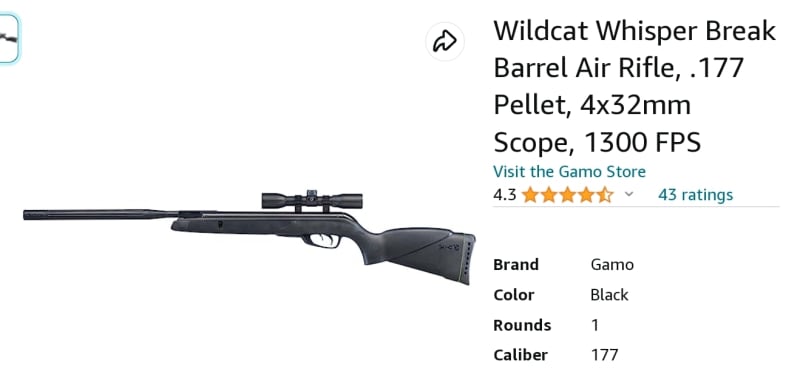3dmapmaker
Industrial
I plan on using a syringe that has a diameter of 1" and a 2.5" stroke. The needle is 0.25 diameter and 10" long. The syringe pushes air not liquid. I have a 2 gram payload in the needle at the junction of the syringe and the needle. how do I figure out how much force and speed to apply to the plunger of the syringe to move the payload in the needle to a speed of 10,000 inches per second as it exits the end of the needle?
I was thinking of using a pneumatic cylinder in place of a syringe. I am unsure how to do the math for this to size the cylinder and motor to drive the ram.
Any suggestions?
I was thinking of using a pneumatic cylinder in place of a syringe. I am unsure how to do the math for this to size the cylinder and motor to drive the ram.
Any suggestions?

